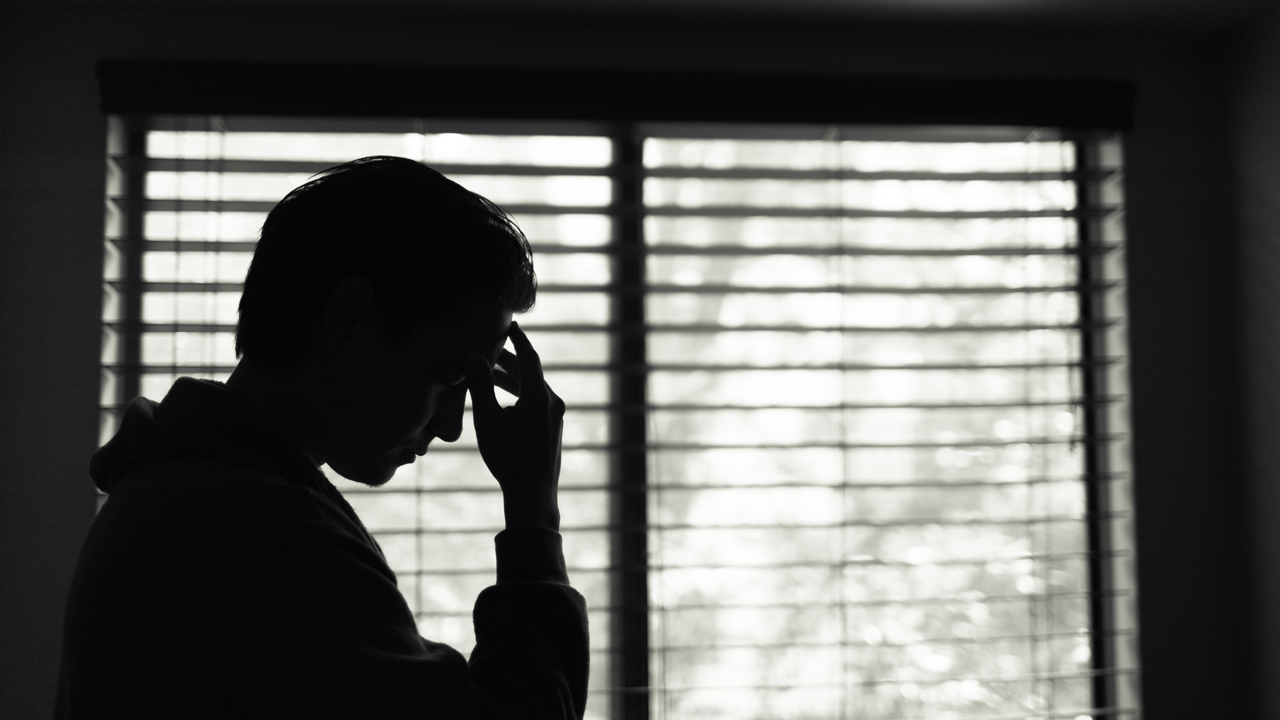In Clinical
Follow this topic
Bookmark
Record learning outcomes
Relatively few studies assess suicide rates among pharmacists but those that do paint an extremely bleak picture.
A study from New Zealand found that between 1973 and 2004, female pharmacists were 2.5 times more likely to die by suicide than the general population. Rates were not higher among male pharmacists.1
A recent American study examined 291,872 suicides between 2003 and 2019. Pharmacists accounted for 392 of these. Job-related problems contributed to 62 of the suicides.
Another study used data from Denmark to compare suicide rates in healthcare workers and teachers between 1981 and 2006. After adjusting for confounders, pharmacists were about twice as likely (rate ratio [RR] 2.07) to kill themselves as teachers. The risk among pharmacists was broadly similar to that in nurses, physicians and dentists.2
Pharmacists without previous contact with psychiatric services were more likely to take their life than those who had had contact. The latter was not significant, probably because of the small numbers.2 The reduced risk among those in contact with psychiatric services underscores the importance of seeking professional help if a person feels suicidal, depressed or close to the edge.
Situation pre-Covid
The studies looked at suicides before the Covid-19 pandemic, which increased suicidal behaviours in the population more widely.3
A meta-analysis of 308,596 people from 54 studies published in 2020 suggested that 10.8 per cent reported ideation, 9.6 per cent self-harmed and 4.7 per cent made a suicide attempt during the Covid-19 pandemic.
“Our results suggested increased event rates [of these outcomes] during the Covid-19 pandemic when considered against event rates from pre-pandemic studies,” say the authors.3
The pandemic piled pressure on pharmacists, who saw more patients, performed additional screening and triage, delivered vast amounts of information about SARS-CoV-2, faced medication shortages and endured harassment at work. As an editorial in the Journal of Pharmaceutical Policy and Practice noted: “The stress generated by Covid-19 for healthcare workers is akin to that of a natural disaster or international mass conflict.”4
Warning signs
Some warning signs are relatively easy to spot. Managers asked one pharmacist to step down from her management position. Her co-workers noted that she was acting oddly and gave away many prized possessions. Irregularities in stock or reconciliation could offer another clue.
The Danish study found that medicinal drugs were the most common method of suicide among pharmacists (65.4 per cent), doctors (55.8 per cent) and nurses (55.0 per cent).2
In the New Zealand study, poisoning accounted for 69.2 per cent of deaths by suicide, which was again higher than doctors (52.4 per cent) and nurses (44.3 per cent).1 In comparison, hanging, strangulation and suffocation accounted for 58.1 per cent of all suicides in England and Wales during 2020. Poisoning, the second most common method, accounted for 19.9 per cent.5
It is important to watch for depression and anxiety. A Dutch study found that 17.1-20.1 per cent of those with depression, anxiety or both reported suicidal ideation in the previous year. Between 0.8 and 3.0 per cent attempted suicide in the previous year.6
Helping suicidal people first means acknowledging that the person is suffering.7 Unless you’ve experienced suicidal ideation,
it is difficult to appreciate the mental torment that drives someone to contemplate taking their life. Nevertheless, try to understand the meanings they attach to life events.7 Sometimes events that you feel are not especially important can have profound meaning for the person.8
Currently, many suicidal people do not get the help that potentially prevents them taking their life. Relatives of people who died by suicide often highlight GPs’ failure to detect symptoms and behavioural changes as well as their inability to understand patients’ needs and social contexts.9
References
- Australian and New Zealand Journal of Psychiatry 2010;44: 429-34
- Journal of Affective Disorders 2011; 134: 320-326
- Psychiatry Research 2021; 301: 113998
- Journal of Pharmaceutical Policy and Practice 2020; 13:46
- Suicides in England and Wales: 2020 registrations
- Journal of Affective Disorders 2021; 283: 267-277
- Journal of Advanced Nursing 2008; 64: 114-26
- Greener M. Depression and Anxiety: The Drug-Free Way. Sheldon Press 2018
- BMC Psychiatry 2017; 17: 369

